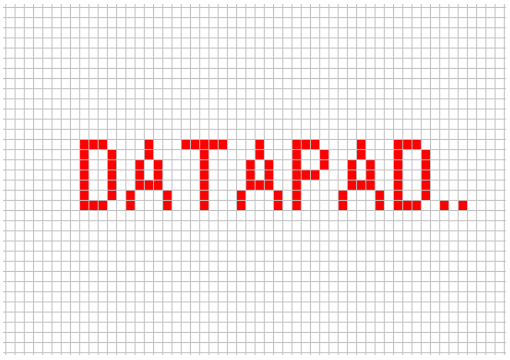Postgres Basic SQL Overview
PostgreSQL, also known as Postgres, is a free and open-source relational database management system (RDBMS) emphasizing extensibility and SQL compliance. It has a strong reputation for its reliability, data integrity and robustness and used widely.
PostgreSQL features transactions with Atomicity, Consistency, Isolation, Durability (ACID) properties, automatically updatable views, materialized views, triggers, foreign keys, and stored procedures. It is designed to handle a range of workloads, from single machines to data warehouses or Web services with many concurrent users. It is also highly extensible and allows users to define internal functions in C, C++, Java, Perl, TCL, Python, Ruby, PHP and PL/PgSQL.
In this course, you will learn the basic skills you need to create and maintain your own PostgreSQL databases.
Topics include:
Create a relational database from scratch
Insert, update and delete data from a table
Filter data using where clauses and logical operators
Use SQL join queries to retrieve data from multiple tables
Master complex SQL subqueries
Use aggregate functions and group data
Create, alter and delete tables from a database
Retrieve data from a database using select queries
Order and limit data retrieved from a table
Relate tables together using database relationships
Apply SQL string functions to data in PostgreSQL
Basic Database Administration
Introduction
What is PostgreSQL?
Download and Install PostgreSQL
Connect to the server with psql
Create a table
The structure of a database table
PostgreSQL native data types
Join tables together with relationships
Organize Tables with schemas
Create a table
Link primary and foreign keys
Enforce referential integrity on related records
Execute a command on the Postgres server
Import data from a CSV
Retrieve information with a SELECT query
Join tables for additional information
Save a query as a database view
Import data and write queries
Add indexes to a table
Automatically fill in default values
Constrain acceptable input values
Add data constraints
User accounts and roles
Grant privileges to a role
Back up and restore a database
Start and stop the server
